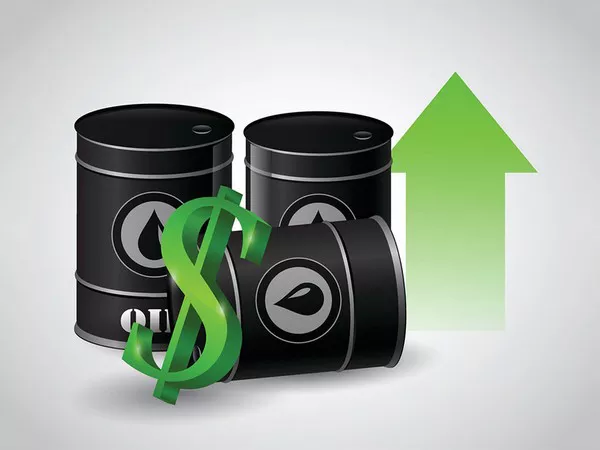Oil prices experienced a more than 1% increase after U.S. retail data triggered a sell-off in the dollar. Brent crude futures settled up 1.5% at $82.86 a barrel, while U.S. West Texas Intermediate crude futures rose 1.8% to $78.03. The U.S. dollar index declined approximately 0.3% following reports of a more substantial-than-expected drop in U.S. retail sales for January. A weakened dollar typically bolsters oil prices, making the commodity more affordable for holders of other currencies.
U.S. retail sales plummeted 0.8% last month, according to the Commerce Department’s Census Bureau. The data, coupled with a downward revision of December sales figures, fueled optimism about potential Federal Reserve interest rate cuts, a move that could positively impact oil demand. Analyst Phil Flynn remarked, “Rate cuts are back on the table, and that’s giving us a bit of a boost.” However, the International Energy Agency (IEA) released a report signaling a slowdown in global oil demand growth, prompting a reduction in the 2024 growth forecast from 1.24 million barrels per day (bpd) to 1.22 million bpd.
Despite the positive impact of the weaker dollar, both oil benchmark contracts faced limitations in further price gains. The IEA’s estimation that supply would grow by 1.7 million bpd in 2024, up from the previous forecast of 1.5 million bpd, also influenced the market. Additionally, both benchmarks saw declines of more than $1 a barrel due to increased U.S. crude inventories, coupled with lower refining levels.
Concerns over global economic conditions were heightened by news that the UK entered a recession in the second half of 2023, with GDP contracting by 0.3% in the fourth quarter. Japan also unexpectedly slipped into a recession at the end of the previous year, relinquishing its position as the world’s third-largest economy to Germany.


